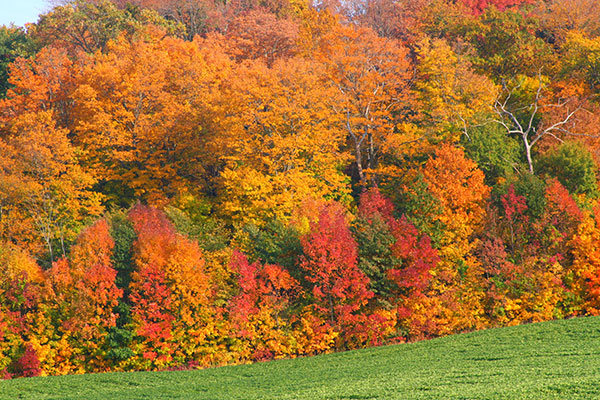To kill an alfalfa stand |
| By Mike Rankin, Managing Editor |
|
|
 The day will come when all good alfalfa stands must say good-bye. Perhaps it’s low productivity, maybe it’s weed encroachment, or it could be a planned rotation adjustment. Whatever the case, no alfalfa stand lives forever, at least productive ones. Though spring always remains an option, fall is generally considered the preferred time to terminate alfalfa stands. Some advantages to fall termination include:
Herbicides need to be applied before a killing freeze and when there is sufficient alfalfa growth (generally 4 to 6 inches). Ideally, temperatures for a few days following the application should be above 50°. Often the combination of an herbicide application followed by tillage a week or more later provides the best control. Herbicide selection will be dictated by the composition of the stand. Though growth-regulating herbicides such as 2,4-D and dicamba in combination are very effective for terminating alfalfa, they won't kill perennial grass species. This is when glyphosate must be added to the mixture. As mentioned earlier, glyphosate alone often does not do an effective job of completely killing alfalfa. Of course, glyphosate will be totally ineffective on Roundup Ready alfalfa.
Don’t sell short the advantage that fall-killed alfalfa has for the allowance of earlier corn planting the next spring. This perhaps is the most important economic reason to terminate alfalfa fields before the winter jackets are needed. |
